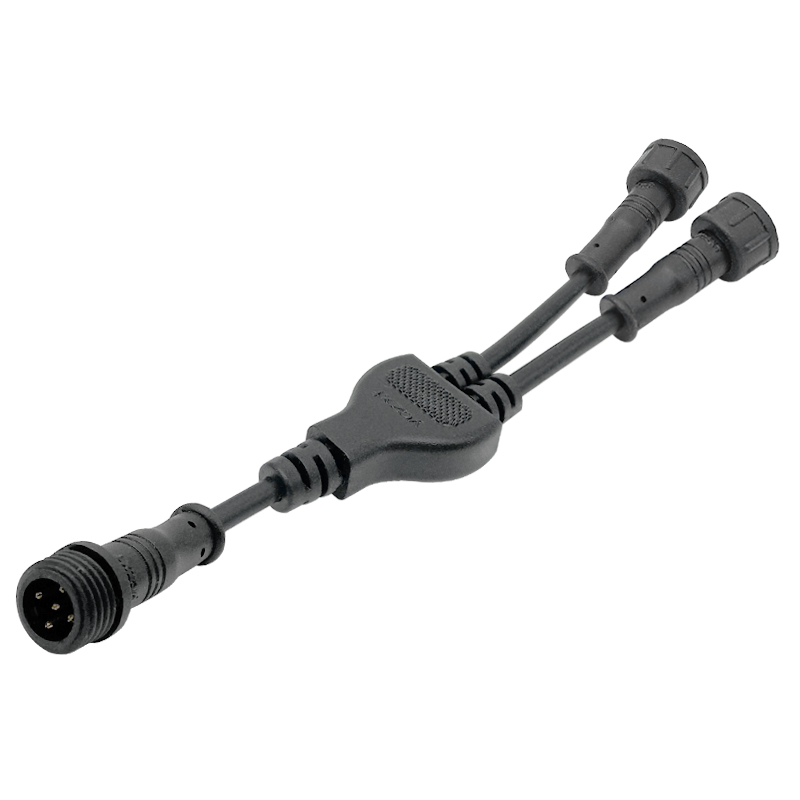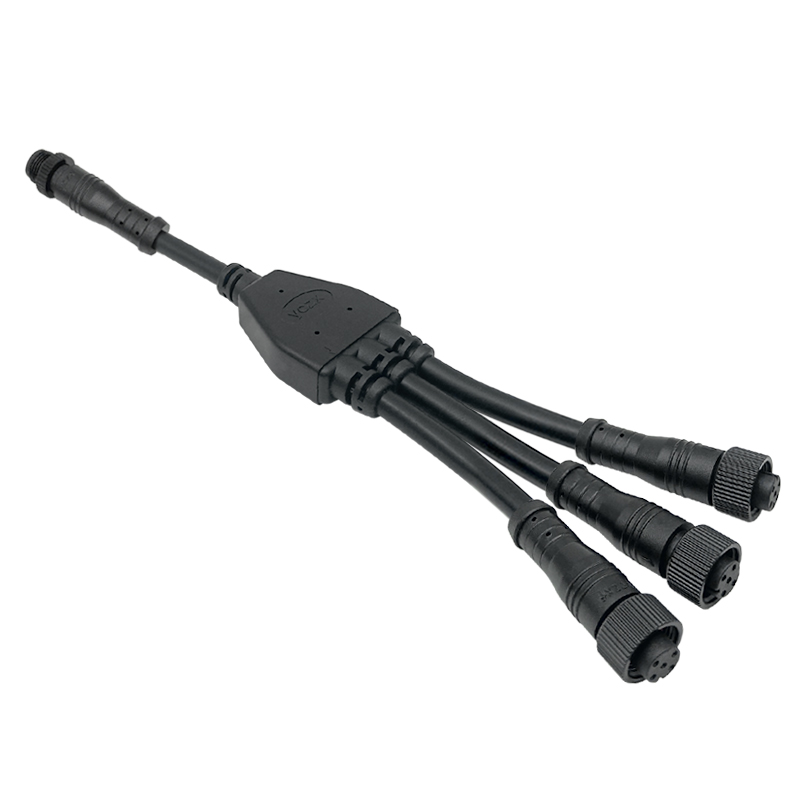Introduction
While waterproof connectors are widely used in automotive, industrial, and consumer electronics, a high-growth yet underserved opportunity is emerging in medical devices. With the rise of portable diagnostics, implantable systems, and sterilization-sensitive equipment, the demand for medical-grade waterproof connectors is surging. This article explores why this niche segment is becoming a blue ocean market—low competition but high potential—and which companies are leading the charge.
1. Why Medical Devices Are the Next Frontier for Waterproof Connectors
The medical industry imposes unique challenges that standard connectors cannot meet:
Sterilization Resistance – Must withstand autoclaving, chemical disinfectants (e.g., hydrogen peroxide, ethylene oxide).
Biocompatibility – Materials must be non-toxic (ISO 10993-certified) for implants and skin-contact devices.
Miniaturization & High Reliability – Critical for endoscopes, hearing aids, and wearable monitors.
IP68+ & Hermetic Sealing – Essential for surgical tools exposed to fluids or implantable devices in humid body environments.
Key Growth Drivers:
Aging populations increasing demand for chronic disease management devices.
Expansion of minimally invasive surgery, requiring robust laparoscopic and robotic tools.
FDA/CE tightening regulations on device safety and durability.
2. High-Potential Medical Applications
A. Wearable & Remote Monitoring
Waterproof ECG patches (e.g., Philips BioTelemetry) needing sweat-resistant connectors.
Diabetes devices (continuous glucose monitors) requiring splash-proof reliability.
B. Surgical & Diagnostic Equipment
Endoscopes – Must endure repeated sterilization without corrosion.
Robotic surgical arms – Need submersible connectors for fluid exposure.
C. Implantable Devices
Pacemakers & neurostimulators – Require hermetic sealing to prevent moisture ingress over decades.
D. Emergency & Portable Devices
Defibrillators – Must operate in wet or outdoor conditions.
Field hospital equipment – Demands rugged, dust/waterproof connectivity.
3. Who’s Leading in Medical Waterproof Connectors?
The market is fragmented, with specialized players dominating over generalist giants:
Ompal (Italy) – Hermetic connectors for implantable devices.
Glenair (USA) – Military-grade waterproof connectors adapted for surgical robotics.
Lemo (Switzerland) – Redel® series for medical imaging and sterilization-resistant applications.
Souriau (France, part of Eaton) – Bio-compatible connectors for wearable health tech.
Hirose Electric (Japan) – Ultra-miniature solutions for hearing aids and endoscopes.
Startups to Watch:
Bulgin (UK) – Developing cost-effective IP68 connectors for disposable medical tools.
Amphenol ICC (USA) – Investing in anti-microbial coating tech for hospital equipment.
4. Technological Innovations Shaping the Market
Self-Sterilizing Coatings – Silver-ion or graphene layers to reduce infection risks.
Flexible Printed Circuit (FPC) Connectors – For ultra-thin wearable devices.
Wireless Charging Integration – Enables fully sealed designs (e.g., implantable pumps).
5. Challenges & Barriers to Entry
High Certification Costs – FDA/MDR/CE approvals require extensive testing.
Material Science Hurdles – Balancing biocompatibility with durability.
Low-Volume, High-Mix Demand – Medical devices often require custom designs, deterring mass producers.
6. The Blue Ocean Strategy: How to Capture This Market
Partner with Medical OEMs Early – Co-develop connectors for next-gen devices.
Focus on Modular Designs – Allow customization without full re-engineering.
Leverage Additive Manufacturing – 3D printing enables rapid prototyping for niche applications.
Conclusion
The medical waterproof connector market represents a high-margin, high-growth niche with limited competition but stringent technical demands. Companies that invest in biocompatible materials, sterilization-resistant designs, and miniaturization will dominate this emerging blue ocean. As healthcare shifts toward portable, connected, and disposable devices, the winners will be those who bridge the gap between reliability and medical innovation.




